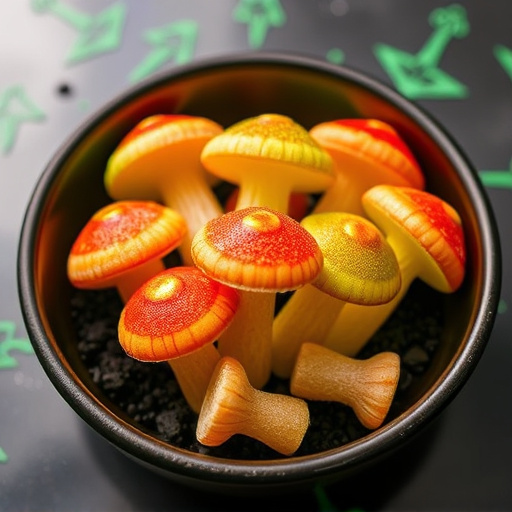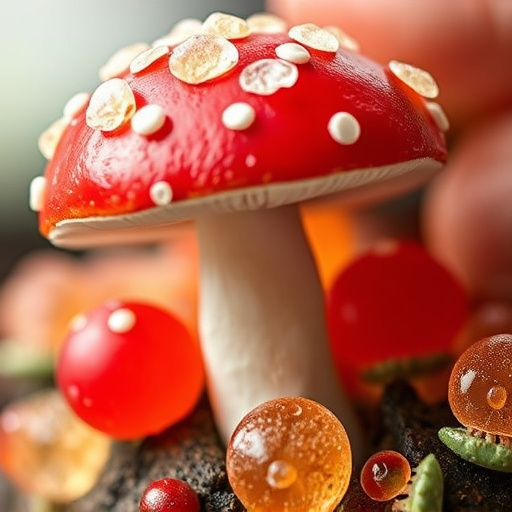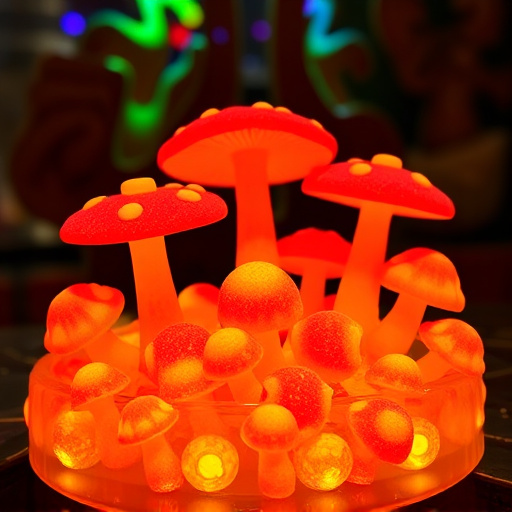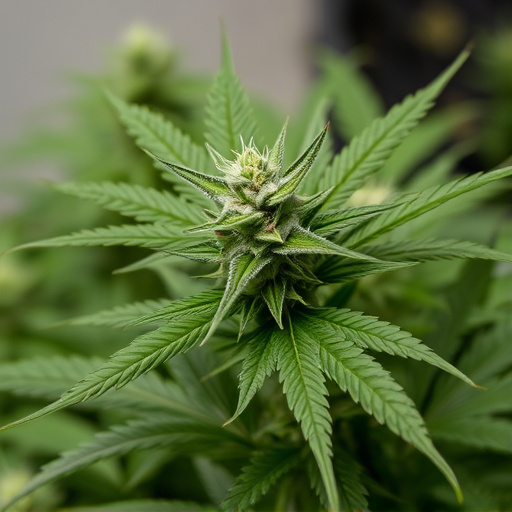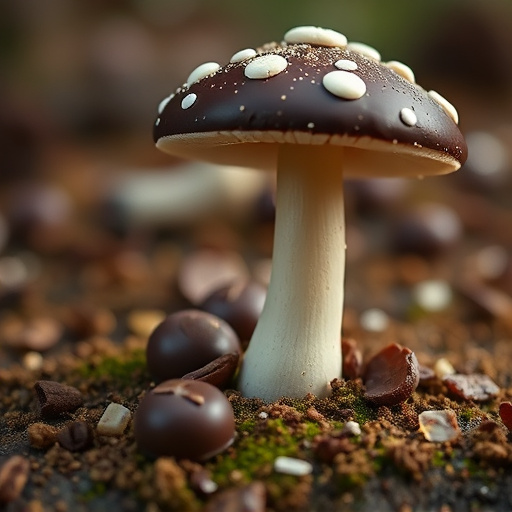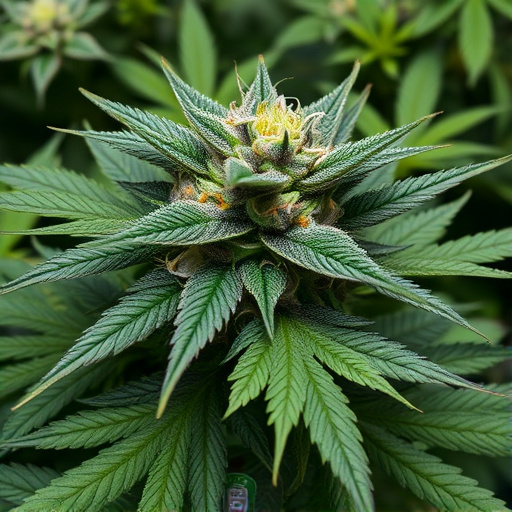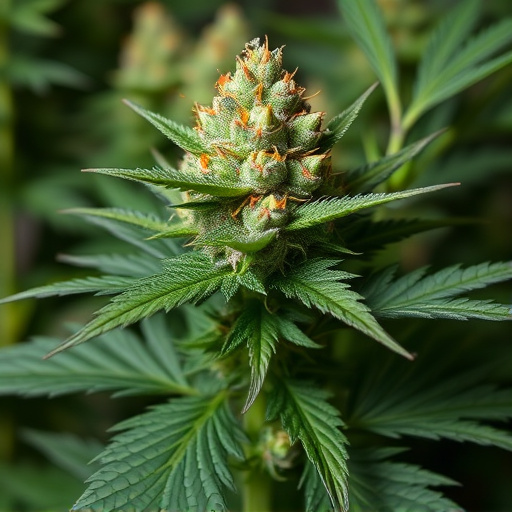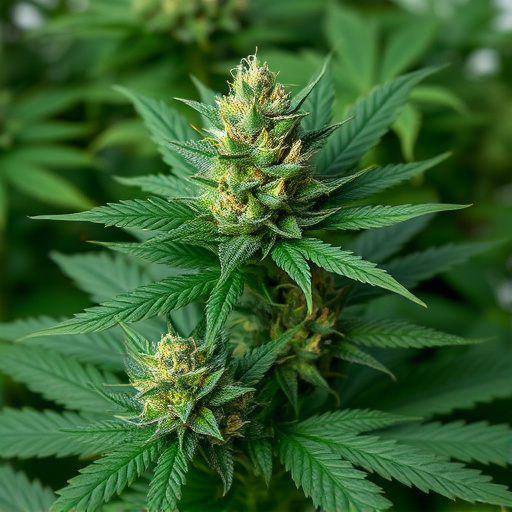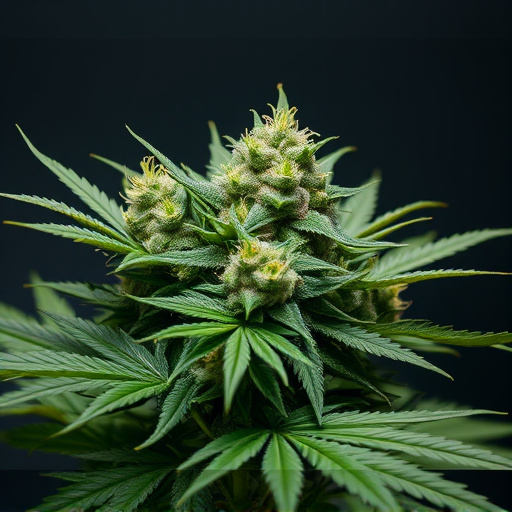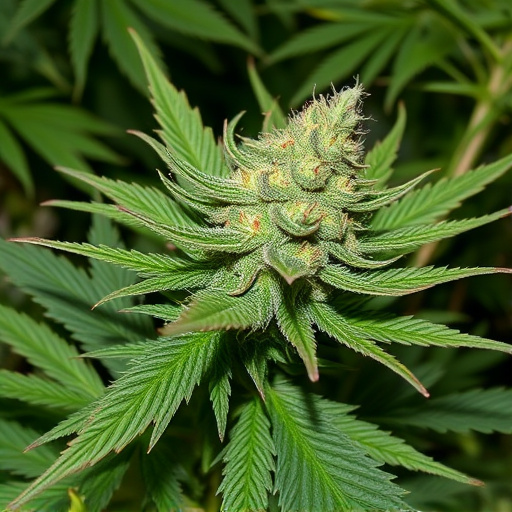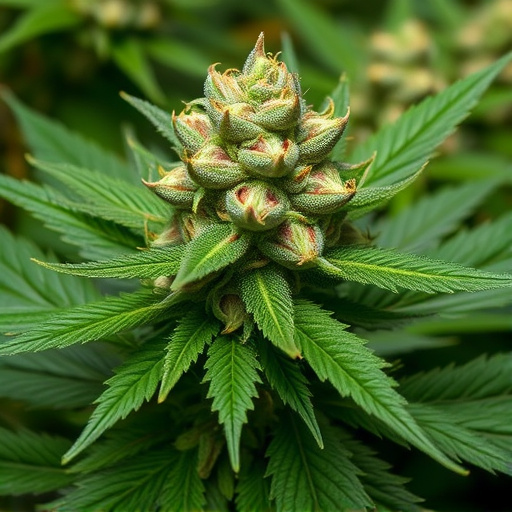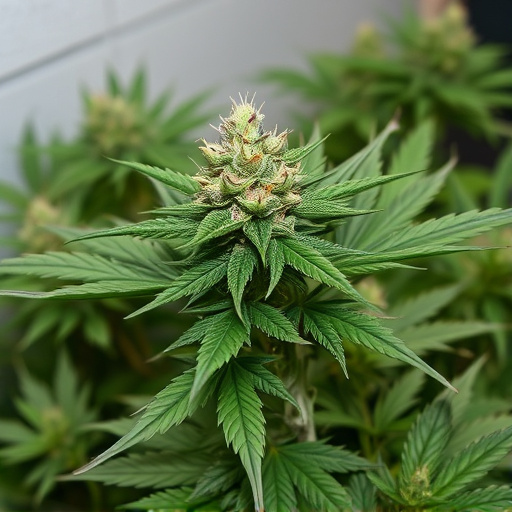The unique genetic makeup and cannabinoid profiles of OG Indica cannabis strains significantly influence their effects. High THC levels induce euphoria, while CBD offers medicinal benefits without psychoactivity. These strains target CB1 receptors in the endocannabinoid system, reducing anxiety and improving sleep. Environmental factors like soil, temperature, humidity, and cultivation methods also impact terpene profiles and cannabinoid concentrations. OG Indica's relaxing properties are enhanced by cooler temperatures and higher myrcene levels. Personal genetic predispositions affect THC and CBD tolerance, while different consumption methods like smoking, vaping, or edibles provide varied experiences tailored to user preferences.
Unraveling the effects of cannabis involves exploring a complex interplay of factors. From the genetic composition and cannabinoid profile of OG Indica strains to environmental cultivation methods and individual biological variations, each element shapes the plant’s unique attributes. This article delves into these key determinants, offering insights into why different cannabis varieties evoke diverse experiences. Understanding these influences is essential for both consumers seeking optimal effects and researchers navigating this fascinating plant’s complexities.
- Genetic Composition and Cannabinoid Profile
- Environmental and Cultivation Factors
- Individual Biology and Consumption Methods
Genetic Composition and Cannabinoid Profile
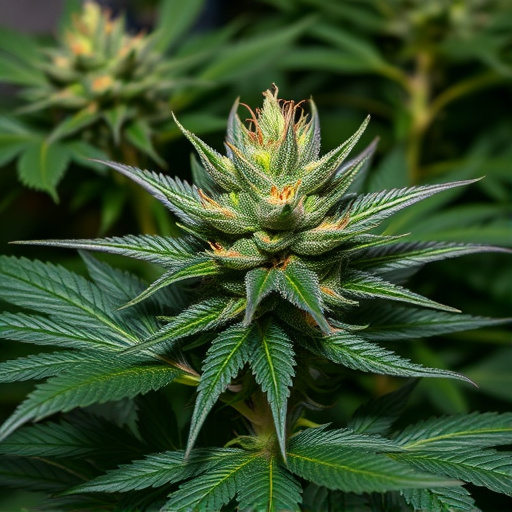
The genetic composition and cannabinoid profile of cannabis plants play a significant role in determining their effects on the user. Each strain, whether classified as OG Indica or hybrid varieties, carries unique genetic traits that influence its potency, flavor, and therapeutic benefits. Cannabinoids like THC (Tetrahydrocannabinol) and CBD (Cannabidiol) are the primary chemical compounds responsible for these effects, with THC known to induce euphoria and cognitive alterations, while CBD offers potential medicinal advantages without the psychoactive properties.
OG Indica strains, renowned for their relaxing and sedative effects, often have higher concentrations of cannabinoids that target the body’s endocannabinoid system, particularly CB1 receptors in the brain and nervous system. This interaction leads to feelings of calmness, reduced anxiety, and improved sleep quality—features that make OG Indicas popular among users seeking relief from stress and insomnia. Understanding these genetic and cannabinoid dynamics is crucial for cannabis consumers aiming to select strains that align with their desired effects.
Environmental and Cultivation Factors
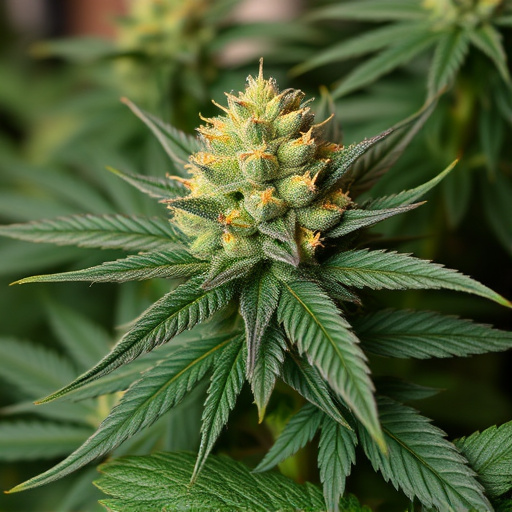
The environmental conditions under which cannabis plants are cultivated play a significant role in determining their final effects. Factors like soil composition, temperature, humidity, and light exposure can influence the plant’s biochemistry. For instance, outdoor-grown cannabis often develops stronger terpene profiles due to natural variations in sunlight and air quality compared to indoor cultivation. The cultivation method itself also matters; plants grown using organic practices may have distinct chemical signatures compared to those treated with synthetic fertilizers or pesticides.
When it comes to specific strains, OG Indica strains are renowned for their relaxing and sedating effects, largely attributed to higher levels of myrcene, a terpene known for its calming properties. Environmental factors can further enhance these traits; for example, cooler temperatures during cultivation may increase the concentration of certain cannabinoids like THC, intensifying the strain’s potential intoxicating effects.
Individual Biology and Consumption Methods
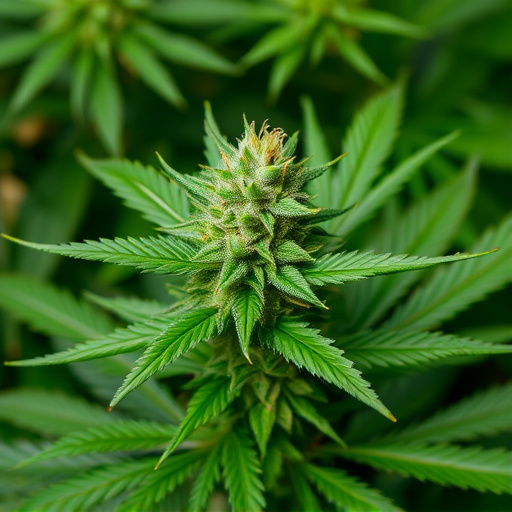
The effects of cannabis can vary widely from person to person, and this is largely influenced by individual biology. Genetic factors play a significant role in determining how one’s body processes cannabinoids, such as THC and CBD. For instance, some individuals may have a higher tolerance due to variations in receptors in the brain, leading to different experiences when consuming similar amounts.
Consumption methods also dramatically impact cannabis effects. Smoking or vaping (especially with potent OG Indica strains) can result in faster, more intense effects due to immediate absorption into the bloodstream. Edibles, on the other hand, take longer to kick in but offer a smoother experience as the effects are felt systemically rather than locally. This variety in consumption methods caters to different preferences and desired outcomes.
Understanding the diverse factors that shape cannabis effects is key to navigating the vast array of available varieties. From a plant’s genetic composition, determining its cannabinoid profile, to environmental cultivation practices and individual biological variations, each element plays a crucial role in the ultimate experience. When considering OG Indica strains, recognizing these influences empowers users to make informed choices, ensuring a more tailored and enjoyable cannabis journey.
